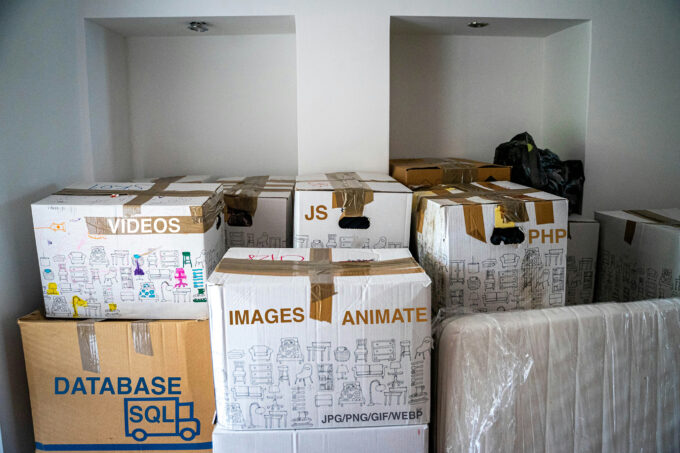When it comes to building a website, one of the fundamental decisions you need to make is whether to opt for a static website or a dynamic CMS-driven site. Both options have their own advantages and drawbacks, and understanding them can help you make an informed choice. In this article, we will explore the pros and cons of each type of website to help you determine which one suits your needs best.
Static Websites
Static websites are built using HTML, CSS, and JavaScript and do not rely on server-side operations or databases. Here are some pros and cons of static websites:
Pros:
- Speed and Performance: Since static websites do not require server-side processing, they tend to load faster and provide a smoother user experience.
- Security: Static websites are inherently more secure as they don’t have interactive components or database dependencies that can be exploited by attackers.
- Reliability: Without server-side operations, static sites are less prone to downtime or errors caused by server issues.
- Simplicity: Static websites are easier to develop, deploy, and maintain since they have fewer moving parts and dependencies.
Cons:
- Limited Functionality: Static websites are less dynamic and interactive compared to their CMS-driven counterparts, limiting features such as user logins, commenting systems, and personalized content.
- Content Updates: Making changes to content on static websites requires manual editing of HTML files, which can be time-consuming for larger websites or frequent updates.
Dynamic CMS-Driven Sites: Dynamic CMS-driven sites are powered by content management systems (CMS) like WordPress, Drupal, or Joomla. These sites utilize server-side processing and databases to generate content dynamically. Let’s explore their pros and cons:
Pros:
- Easy Content Updates: CMS platforms provide user-friendly interfaces for managing content, allowing non-technical users to update website content without touching the code.
- Flexibility and Interactivity: Dynamic sites can include interactive elements like user comments, search functionality, e-commerce capabilities, and personalized content based on user preferences.
- Scalability: CMS platforms offer extensibility and scalability, allowing websites to grow and accommodate increasing traffic or additional functionality.
- Design Customization: CMS platforms often provide a wide range of themes, templates, and plugins that enable users to customize the appearance and functionality of their websites.
Cons:
- Security Vulnerabilities: The interactive nature of CMS-driven sites introduces potential security risks, such as code injections, database injections, and vulnerabilities within plugins or themes. Regular updates and security measures are necessary to mitigate these risks.
- Performance Overhead: Dynamic sites require server-side processing, which can result in slower page loading times compared to static websites.
- Complexity: CMS-driven sites can be more complex to set up and maintain, especially when dealing with customizations, themes, and plugins. Technical knowledge may be required for advanced configurations.
The problem is choice
Choosing between a static website and a dynamic CMS-driven site depends on your specific needs and priorities. Static websites excel in terms of speed, security, and simplicity, while dynamic CMS-driven sites offer flexibility, interactivity, and ease of content management. Consider factors such as the type of content you want to display, the level of interactivity required, and the resources available for maintenance and security when making your decision. Ultimately, selecting the right approach will help you create a website that best suits your goals and audience.
Don’t forget about help
Additionally, regardless of whether you choose a static website or a dynamic CMS-driven site, it’s important to recognize the value of having a support developer on hand. While static websites may be more secure and require less maintenance, it’s still crucial to have a developer who can implement security measures, perform regular updates, and address any potential vulnerabilities that may arise. Similarly, dynamic CMS-driven sites benefit from having a support developer who can not only ensure security but also fine-tune performance, optimize database queries, and handle any necessary code modifications. Additionally, having a support developer allows for quick turnaround on content edits or website enhancements, ensuring that your website remains up-to-date and meets your evolving needs. At Shipilin.com, we offer professional support and development services to assist you in maintaining the security, performance, and agility of your website.



